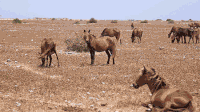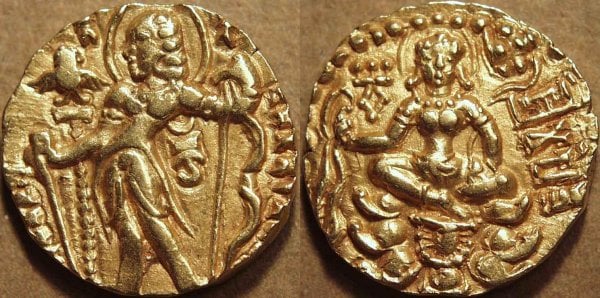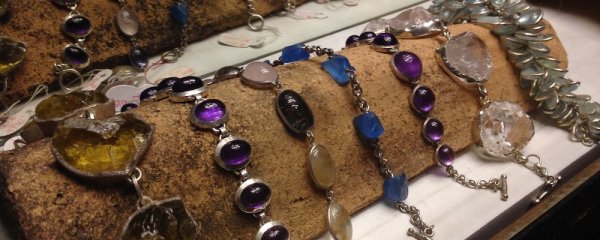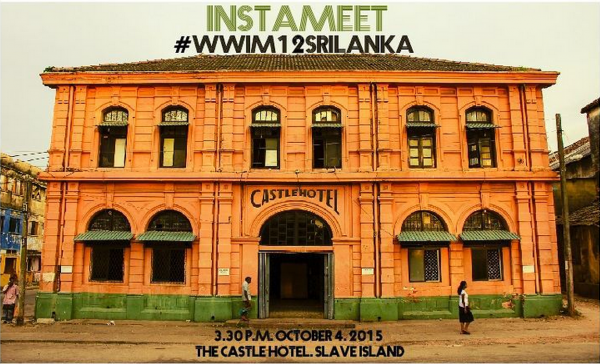
Two hours from Jaffna town is Delft, an arid, rocky island that is home to approximately 5,000 people in the northern peninsula. The island has always been a place of wonder and intrigue — for both Sri Lankans and tourists. The most iconic photographs of Delft feature its best-known attractions: wild ponies (believed to be a legacy of Portuguese colonial rulers), azure seas, and a centuries-old baobab tree that stands alone amidst barren land.
Delft’s allure is in its utter remoteness, and how untouched it is by modern amenities. Its residents make a living by producing palmyrah toddy—one of the other things the island is famed for—and by showing tourists around for a few hours. The island feels idyllic, which is one of the many things that attracts tourists. However, life here isn’t easy or picture perfect.
The island faces severe water shortages, and needs to frequently import its groceries and other necessities from the mainland, which is an hour-and-a-half-long bus journey and a ferry ride away. Getting to and fro from Jaffna is an exercise in endurance, as you have to wait for the ferry (which leaves from the island twice a day, at around 11:30 am and then 2:30 pm), and then take a bus to the town centre. Both rides take an hour each, and are frequently packed to the brim.
In recent times , however, the island is experiencing a spurt in growth. It has an air-conditioned hotel, and an around-the-island tourist bus, which increases the number of buses on the island to a grand total of two. (The other is a regular CTB bus).
Acquiring Freshwater, Soil, and Supplies
Known as Sri Lanka’s most remote inhabited island, Delft’s population is spread sparsely across its 8 km length. Homes are separated by dusty coral walls and fences of palmyrah fronds. According to residents, the island has two compounds with freshwater wells, from where they get fresh water for domestic use and livestock. (These wells are also the main water source for the island’s wild ponies). Once collected, it is transported—by foot, bicycle, or tractors—all the way back to their homes.
However, the National Water Supply and Drainage Board (NWSDB), along with a private firm, installed a seawater reverse osmosis plant around three years ago. This plant pulls in brackish water from wells drilled close to the sea, and then purifies it. Of the water that is extracted, only 40% is usable, we were told. We also learnt that there is a waterline connected to 400 homes within a 2,500 metre radius.
“This is the first properly planned salt water purification system in the country,” an official said, speaking on the condition of anonymity. “It’s purer than the tap water in Jaffna. We’re so used to this that we can’t drink the water there as it tastes too brackish,” he said.
Given the scarcity of water, the lines only run for 45 minutes to an hour every day. Residents save up what they need for drinking and cooking, and use well water for other purposes.
Meanwhile, everyone out of the reach of the waterline has to fill their tanks manually—either from the freshwater wells, or from a few public drinking-water taps interspersed at junctions along the road.
Krishan, a storekeeper who manages the only running lunch and refreshments shop near the pier, tells us that water has to be manually brought in every day.“It is brought in tractors and then pumped into our tanks every morning. The lines reach only a few people,” he said.
The island has witnessed visible growth in the last two years, especially with tourism on the rise. The first thing you notice is the looming telecommunications tower — and that there is mobile connectivity, which became available just a couple of years ago. People on the island—as well as visitors—were literally cut off from virtual communication until then.
Soon after arriving, you’re greeted by a massive hoarding advertising luxury living in Delft — furnished rooms complete with room service and air conditioning at the Delft Samudra. Next to the hoarding are banners pointing towards the only open eatery in the area, with ‘Chinese Fried Rice Available’ in large print. There are boats undocking hundreds of sacks of sand, and there is a thrum of activity. It is evident that Delft is expanding to accommodate the influx of tourists, but at a slow and steady rate. After all, getting raw materials to the island is expensive business.
According to Krishan, the price of sand is double that of the original price by the time it reaches Delft — because of the ferrying costs.
“Most items here come with a mark-up, so we don’t make much of a profit — especially when there are price controls and we have to sell items at retail prices,” he said, adding that bottled water was one of the few items on which they were able to make profit.
Everyday Delft
Life on the island is frugal and simple. The central market is small and largely empty, with few stores open. There are three schools; two are segregated primary schools, while the third has classes up to advanced levels. Students who graduate go to the mainland for higher education, and often find boarding in Jaffna for the week.

The main sources of income for both men and women are the palmyrah industry, and tourism. “The men work as toddy-tappers, and also double as drivers for tractors and boats here. The women also work with palmyrah, especially weaving fronds, and in harvesting thal-ala,” Krishan explained.
The island is fascinating not just because of its remote location, but also how well-preserved the Portuguese and Dutch influences are as a result. These imprints are visible everywhere, from the coral walls and the ruined forts to the wild ponies.
Some residents blame the Dutch for the existing shortage of fresh water. Here’s what one told us: “They brought their horses here and then created grazing grounds, which had to be watered constantly. They pumped in seawater for this, and also created pathways for the seawater to reach inland—and this contaminated Neduntheevu’s [Delft’s] springs.”
Change, however, is imminent. With the growing footprint of tourism and telecommunications, it is unlikely that the island will be remote and untouched for long.
Cover image credit: Daran Kandasamy/Roar Media








